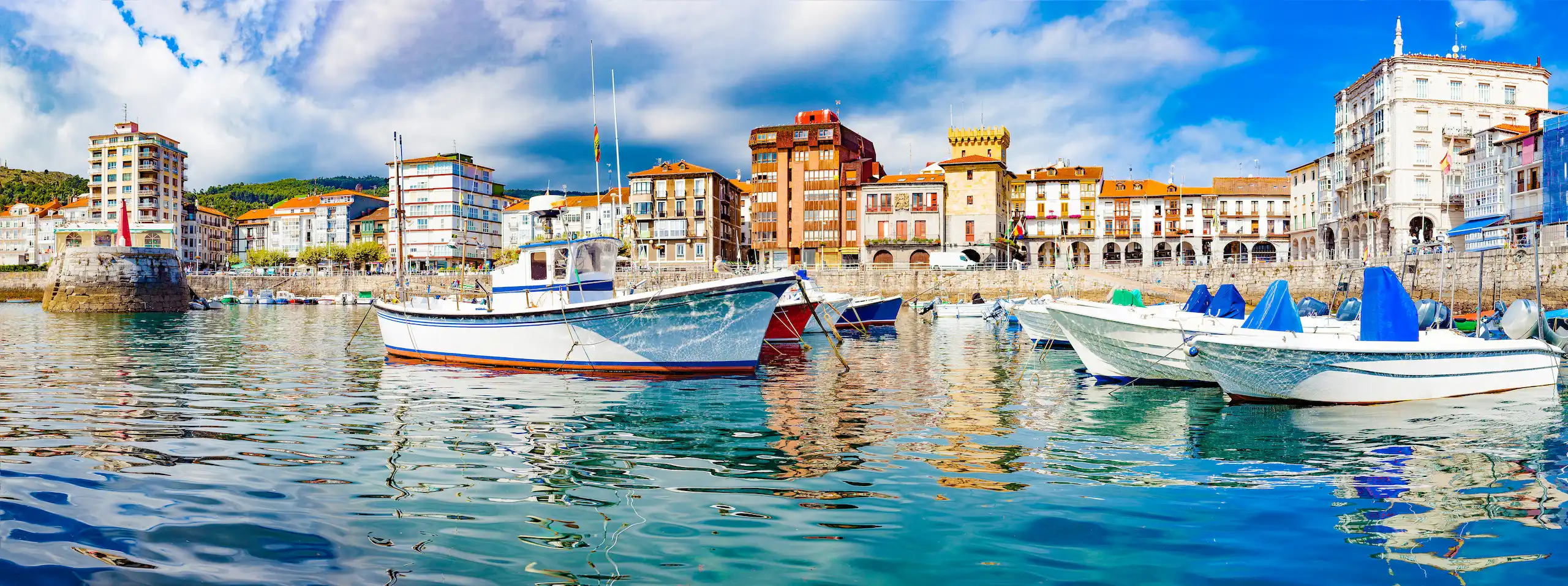Autumn has always been the season of pause – a chance to step back, take stock, and plan ahead. For expats and retirees, it often prompts big decisions: where to live, how to invest, and whether it’s time to make a move in the property market.
Across Europe, and particularly in Spain and Switzerland, intemational buyers continue to see property not just as a roof over their heads, but as a lifestyle investment – a place to create memories, secure financial value, and build a legacy. As 2025 approaches, the trends shaping property decisions are becoming clear.

International demand remains strong despite broader economic uncertainty. In Spain, nearly 15% of all property transactions in 2024 involved foreign buyers, according to the Colegio de Registradores. The Costa del Sol remains one of the most popular regions, with British, German, French, and Scandinavian buyers leading the way. For retirees, lifestyle remains the core driver – sunshine, healthcare access, and cultural vibrancy. But younger expats are increasingly entering the market too, often professionals who blend remote work with a lifestyle shift.
This “new global nomad” generation values flexibility, community, and properties that can double as both primary residence and holiday rental. Another trend gaining traction is multi-generational living. Families are seeking villas or larger apartments with independent guest suites or annexes, enabling children and grandchildren to visit or even relocate alongside parents. For retirees, this ensures connection For families, it secures a long-term hub abroad.
Sustainability has moved from aspiration to expectation. Eurostat data shows that housing accounts for nearly 40% of energy consumption across the EU, pushing both regulation and buyer awareness. In Spain, newly built properties increasingly target A or B energy ratings. Those without energy-efficient credentials may struggle in future resale markets as buyers and governments tighten requirements.
Buyers are also embracing green features: solar panels, water-saving systems, natural materials, and even community-shared energy projects. What was once niche is rapidly becoming mainstream. Hand in hand with sustainability is the rise of smart home living. A 2024 European property survey revealed that nearly 60% of international buyers now consider remote security, climate control, and digital monitoring as essential when buying abroad. For expats who may leave their homes unoccupied for months at a time, these features are more than conveniences – they’re peace of mind.
While sustainability and tech matter, lifestyle remains king. Property buyers abroad are choosing homes that reflect who they are and how they want to live. On the Costa del Sol, international residents make up over 20% of the population in the Malaga province, creating one of Europe’s most diverse expat hubs. Here, lifestyle is defined by beach clubs, golf courses, tapas bars, and a vibrant cultural calendar.
In Switzerland, buyers are drawn to alpine chalets and lakeside apartments that offer both tranquillity and prestige, alongside robust infrastructure and political stability. Across Europe, from Portugal’s Algarve to Italy’s Lake Como, lifestyle communities are growing in importance. Buyers want homes that connect them to culture, wellness, and social opportunities. Community plays a pivotal role. Whether through international schools, English-speaking social clubs, or simply a welcoming café culture, buyers are choosing places where they can belong.
not just reside.
For homeowners considering selling, understanding these buyer priorities is essential.
Pricing trends:
Spain’s coastal regions have seen average annual growth of 6-8% since 2020, though growth is expected to moderate slightly in 2025. Prime Swiss locations remain resilient, with limited supply keeping prices high, particularly in ski resorts.
What sells fastest:
“Turnkey” homes – properties that are move-in ready – remain highly desirable among expats who want simplicity. Properties marketed with strong visuals, floor plans, and lifestyle narratives achieve 10-15% higher engagement online compared to basic listings.
Presentation matters:
Professional photography, staging, and even drone footage can transform a listing. Buyers abroad are often making decisions from a distance before viewing in person – the first impression online is critical.
Energy efficiency adds value:
Properties with renewable energy solutions or strong energy ratings stand out. Sellers who invest in upgrades may see quicker sales and stronger offers.
What does the future hold?
Lock-up-and-leave demand will rise.
Smaller, well-positioned properties that can be easily managed from abroad will become more attractive.
Sustainable new builds will lead the market.
As governments tighten energy efficiency laws, buyers will increasingly prioritise eco-friendly homes.
Lifestyle-driven demand will remain resilient.
Despite global volatility, the pull of sunshine, safety, and culture keeps expats investing.
For sellers, autumn and winter represent critical planning months. Many international buyers begin their property search now, with the intention of completing purchases in spring. Positioning your home well at this time of year can capture the early 2025 wave.
At its core, property abroad is more than bricks and mortar. It’s a lifestyle choice, a financial decision, and often a legacy to pass on. For expats and retirees, the question isn’t just where to live but how to live. As 2025 unfolds, those who approach the market with foresight – whether buying or selling – will be best placed to unlock opportunities and thrive abroad.
At PCC Property, we specialise in helping international buyers and sellers navigate these choices with confidence. From lifestyle-driven marketing to expert cross-border insights, our team ensures your property journey abroad is as seamless as it is rewarding.